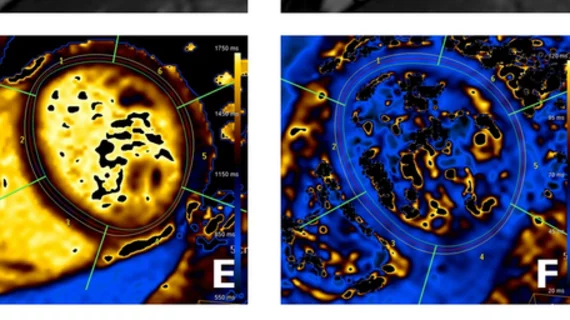A group of researchers was recently able to determine reference values for anatomical and functional parameters in the heart of adolescents thanks to a new dataset of cardiac MRI exams.
Experts involved in the work suggest that their achievement will have significant clinical implications, as there is limited MR imaging data on healthy adolescent hearts that can be used to gauge abnormalities.
“These reference values are essential for a proper interpretation of cardiac MRI studies in this population group,” said lead study author Rodrigo Fernández-Jiménez, MD, MS, PhD, a cardiologist at Hospital Clínico San Carlos.
The accomplishment is a product of the work by a group of scientists at the National Center for Cardiovascular Research (CNIC) in Spain. The team sought to define a reference of “normal” values of cardiac parameters in the adolescent population because most existing MRI data are from patients with congenital heart defects or other heart conditions.
To do this, the team recruited 123 adolescents (64 girls and 59 boys) from seven public-funded secondary schools in Madrid. Each participant underwent a cardiac MRI that researchers used to analyze a number of cardiac metrics, such as the size and functioning of the heart chambers and cardiac tissue composition.
Experts involved in the work praised the participants and their families for their part in the development of these new references, noting that the project would have been impossible to complete without their “incredible response” and voluntary participation.
The groups suggests that the newly developed reference values will have “direct implications for clinical practice” and can be used by any provider to determine whether an adolescent falls within the normal range of measurements for their age group, which, in turn, will help to guide clinical decisions for patients and providers.
To learn more, click here.


